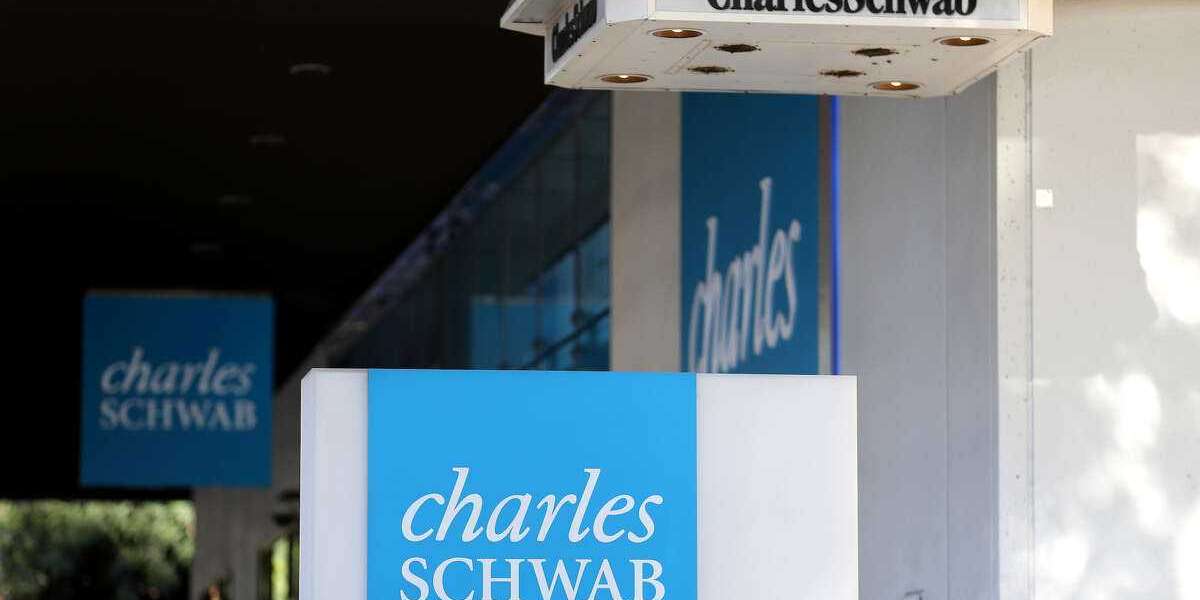Unlocking the Secret: How Mouse Polling Rate Can Skyrocket Your Gaming Performance!
In the realm of gaming, precision and responsiveness can make or break a player's experience. One often-overlooked aspect that plays a crucial role in this is the mouse polling rate. Simply put, the polling rate refers to how often your mouse reports its position to your computer. Understanding this metric can significantly enhance your gaming performance, allowing for greater accuracy and a smoother experience. Whether you're engaged in a fast-paced first-person shooter or a strategic multiplayer online battle arena, knowing how your mouse communicates with your computer can provide you with the edge you need to succeed.

What is Mouse Polling Rate?
The mouse polling rate is defined as the frequency at which a mouse sends data regarding its position to the computer. This rate is measured in Hertz (Hz), with common polling rates for gaming mice typically ranging from 125 Hz to 1000 Hz. A polling rate of 125 Hz means the mouse updates its position every 8 milliseconds, while a rate of 1000 Hz updates every millisecond. Higher polling rates lead to more frequent updates, which can translate into smoother and more fluid motion on-screen. For gamers, this means that the mouse can react more quickly to movements, providing a more responsive and immersive gameplay experience.
How Mouse Polling Rate Affects Gaming Performance
The relationship between the polling rate and gaming performance is straightforward yet significant. A higher polling rate can lead to a smoother and more responsive gameplay experience, especially in fast-paced gaming scenarios. When the mouse reports its position more frequently, it reduces the lag time between the player's actions and the on-screen response. Conversely, a lower polling rate may introduce input lag, which can hinder a player's ability to react promptly to in-game situations. A friend of mine, an avid gamer, once upgraded from a mouse with a 125 Hz polling rate to one with a 1000 Hz rate. He immediately noticed a difference in the fluidity of his gameplay, particularly in competitive matches where every millisecond counts.
Optimal Polling Rates for Different Types of Games
Different types of games can benefit from varying polling rates. For instance, first-person shooters (FPS) often require a high polling rate, as quick reflexes and precision aiming are vital for success. A polling rate of 500 Hz to 1000 Hz is generally recommended for these fast-paced games. On the other hand, real-time strategy (RTS) games may function adequately with a lower polling rate, such as 125 Hz to 500 Hz, as the gameplay often involves slower, more deliberate actions. Massively multiplayer online (MMO) games can also benefit from a moderate polling rate, allowing players to manage complex controls without overwhelming their input systems. Understanding the optimal polling rates for the types of games you play can greatly enhance your overall performance.
Factors Influencing Mouse Performance Beyond Polling Rate
While polling rate is a significant factor in mouse performance, it is not the only one. Other elements, such as DPI (dots per inch), sensitivity settings, and surface compatibility, also play crucial roles. DPI refers to how sensitive the mouse is to movement; higher DPI settings allow for quicker movements across the screen. Sensitivity settings can further refine how the mouse behaves in relation to user input. Additionally, the type of surface the mouse is used on can affect tracking accuracy and performance. A friend of mine uses a specialized mouse pad designed for gaming, which complements his high-DPI settings and high polling rate, resulting in a seamless experience during intense gaming sessions. Each of these factors works in tandem with the polling rate to shape the overall gaming experience.
Adjusting Mouse Polling Rate: What You Need to Know
For those looking to optimize their mouse settings, adjusting the polling rate is a straightforward process. Most gaming mice come with software that allows users to customize their polling rate easily. Options usually range from 125 Hz to 1000 Hz, and players can experiment with different settings to find what feels most comfortable. However, it's essential to note that not all mice support adjustable polling rates, and some may have limitations based on their hardware. Testing various configurations can help players identify the best settings for their style of play. My personal experience has shown that taking the time to fine-tune these settings can lead to a noticeable improvement in performance, especially in competitive scenarios.
Enhancing Your Gaming Experience Through Polling Rate Knowledge
Understanding mouse polling rate is crucial for any gamer looking to enhance their performance. As we've explored, the polling rate significantly impacts how quickly and accurately a mouse communicates with a computer. By finding the optimal settings tailored to individual gaming styles and preferences, players can experience smoother gameplay and improved responsiveness. Whether you're a casual gamer or a competitive player, taking the time to understand and adjust your mouse's polling rate can make all the difference in your gaming experience.








